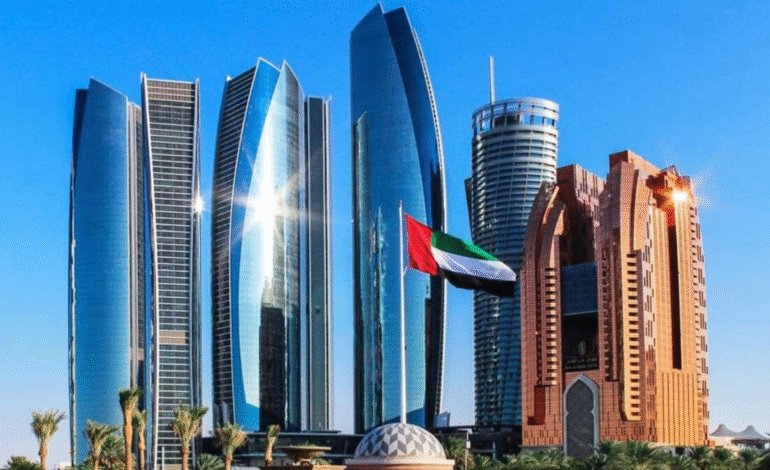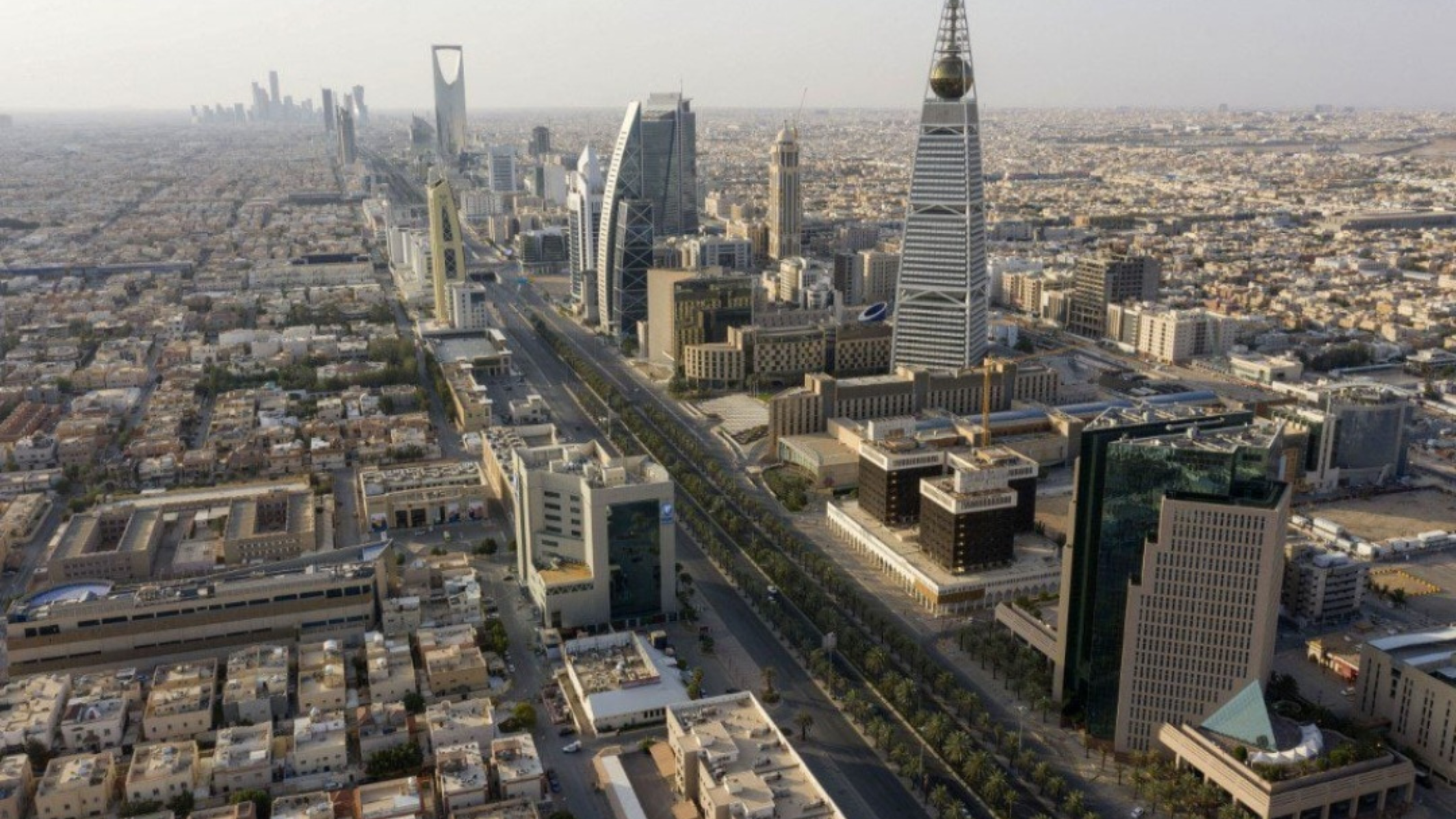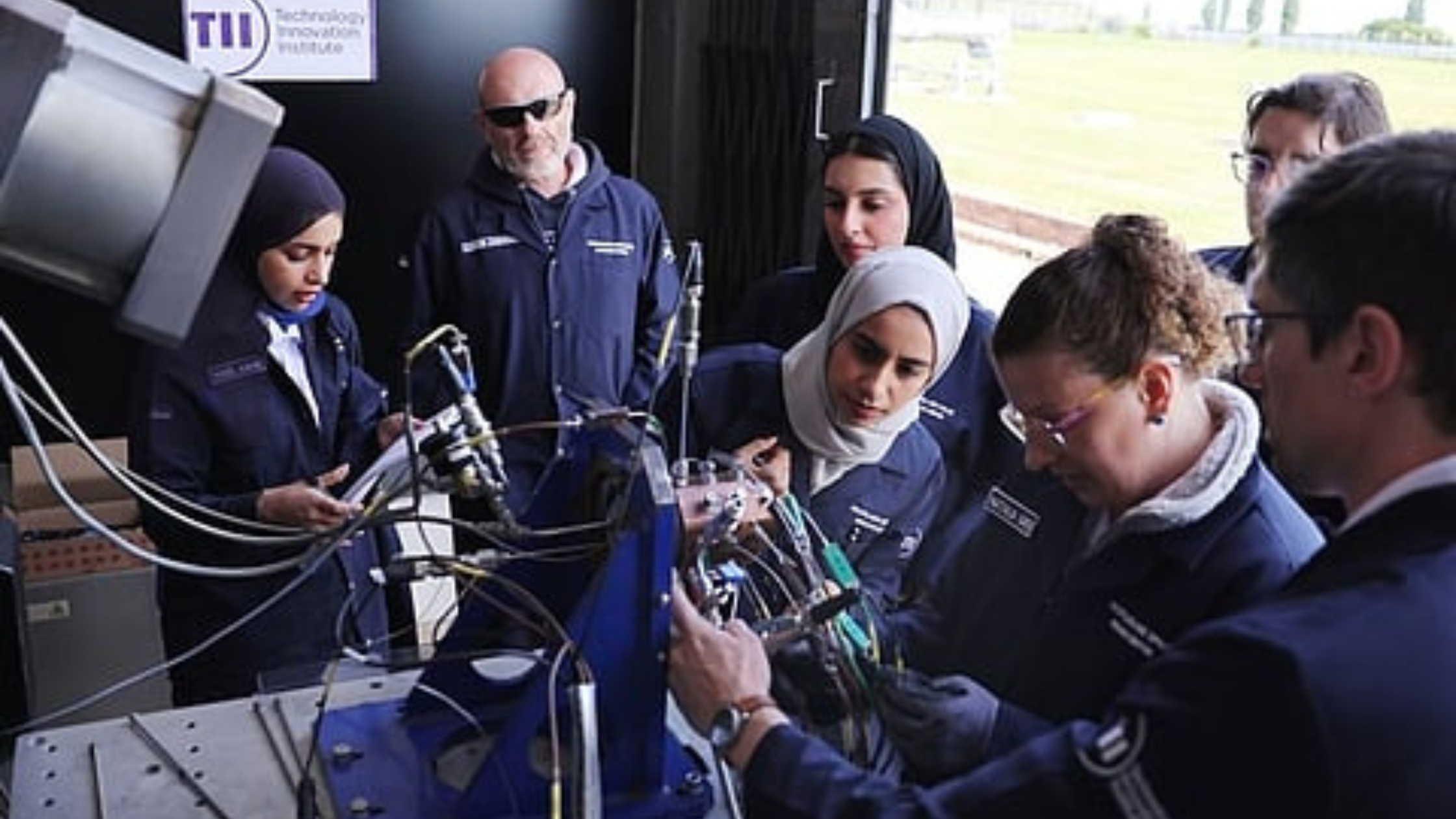UAE Economy Grows 3.9% in Q1 2025 with Record Non-Oil GDP

The UAE economy has made a strong start in 2025. New data from the Federal Competitiveness and Statistics Centre (FCSC) shows that the country’s Gross Domestic Product (GDP) grew 3.9 percent in real terms during the first quarter of the year. The total value of the economy reached Dh455 billion, reflecting steady growth despite global challenges.
Record Contribution from Non-Oil Sectors
The highlight of the report is the sharp rise in non-oil GDP. This part of the economy grew 5.3 percent year-on-year to reach Dh352 billion. For the first time in the country’s history, non-oil activities made up 77.3 percent of total GDP. Oil activities accounted for the remaining 22.7 percent.
This record shows that the UAE’s diversification strategy is working. By reducing reliance on oil and investing in other industries, the country has built a more stable and balanced economy.
Manufacturing Leads the Growth
The manufacturing sector recorded the fastest growth in Q1 2025. It expanded by 7.7 percent compared to the same period in 2024. This result shows the impact of government policies that support industrial development and advanced technology.
The finance and insurance sector, along with construction, each grew by 7 percent. Real estate activities increased by 6.6 percent, while trade rose by 3 percent.
Together, these numbers show that the UAE economy is growing across many different sectors, not just one or two.
Key Sectors Driving Non-Oil GDP
Breaking down the numbers further:
- Trade contributed 15.6 percent to non-oil GDP.
- Finance and insurance contributed 14.6 percent.
- Manufacturing contributed 13.4 percent.
- Construction added 12 percent.
- Real estate contributed 7.4 percent.
This balance proves that the UAE has built a strong base across industries, making the economy more secure for the future.
Minister Highlights Flexibility and Strength
Abdulla bin Touq Al Marri, Minister of Economy and Tourism, said the figures show the strength and flexibility of the UAE economy. He explained that the country has created a global benchmark for attracting investment by offering supportive policies and modern regulations.
He also pointed out that non-oil activities are now at a historic peak. This success is linked to the “We the UAE 2031” vision, which aims to grow the economy to Dh3 trillion in the next decade.
The “We the UAE 2031” Vision
The government’s 2031 plan focuses on:
- Building a knowledge-based and innovation-driven economy.
- Making the UAE one of the top global economies.
- Supporting sustainable and green growth.
- Strengthening the role of advanced technology in industries.
This vision is guiding every major decision and has already started showing positive results in Q1 2025.
FCSC: A Model Built on Efficiency
Hanan Mansour Ahli, Managing Director of the Federal Competitiveness and Statistics Centre, said the results prove the efficiency of the UAE’s model. A non-oil growth rate of over 5 percent is evidence that the country is building a diversified and technology-enabled economy.
She added that the UAE is creating the right conditions to attract businesses, talent, and ideas, which will secure its role as a global hub for innovation.
Abu Dhabi’s Economic Growth
Abu Dhabi, the largest emirate, also recorded strong results. Data from the Statistics Centre – Abu Dhabi (SCAD) showed that the emirate’s GDP rose by 3.4 percent year-on-year in the first quarter of 2025. Its total economy was valued at Dh291 billion.
Abu Dhabi’s growth comes not only from oil but also from sectors like manufacturing, clean energy, logistics, and financial services. This reflects the success of diversification strategies at both federal and local levels.
Manufacturing as a Key Driver
The UAE has placed manufacturing at the center of its future. Through the Operation 300bn strategy, the goal is to raise the sector’s contribution to GDP to Dh300 billion by 2031.
This strategy focuses on advanced industries such as pharmaceuticals, defense technology, clean energy equipment, and AI-based production. The Q1 figures show clear progress toward this goal.
Finance, Real Estate, and Construction
The finance and insurance sector continues to benefit from the UAE’s role as a global financial hub. Dubai and Abu Dhabi attract banks, investment firms, and fintech startups, making this one of the most dynamic industries in the country.
The real estate market, with 6.6 percent growth, reflects both local demand and foreign investment. Global investors view UAE property as a safe and profitable option.
The construction sector’s 7 percent growth is driven by ongoing mega projects, urban development, and smart city initiatives. This shows that infrastructure and real estate development remain vital parts of the economy.
Trade as a Central Pillar
Trade remains a key engine of growth. Contributing 15.6 percent of non-oil GDP, it shows the UAE’s importance as a global trade hub. Ports like Jebel Ali and Khalifa Port connect markets in Asia, Europe, and Africa, strengthening the UAE’s role in global supply chains.
Recent Comprehensive Economic Partnership Agreements (CEPAs) with multiple countries are boosting trade further. These agreements open new markets and ensure steady export and re-export activity.
Technology and Innovation for the Future
The UAE’s future growth will be powered by artificial intelligence, fintech, clean energy, and smart manufacturing. Projects like the Dubai Economic Agenda D33 and Abu Dhabi’s Economic Vision 2030 are already pushing for innovation, high-value industries, and global competitiveness.
The country is moving beyond being a regional hub—it is aiming to be a global leader in advanced industries.
Outlook: Growth Built on Solid Foundations
The UAE’s performance in Q1 2025 sends a clear message. Growth is strong, non-oil industries are expanding, and the country is on track to achieve its long-term vision.
With record non-oil GDP, strong performance across sectors, and investor confidence at an all-time high, the UAE economy is not just growing—it is transforming.







